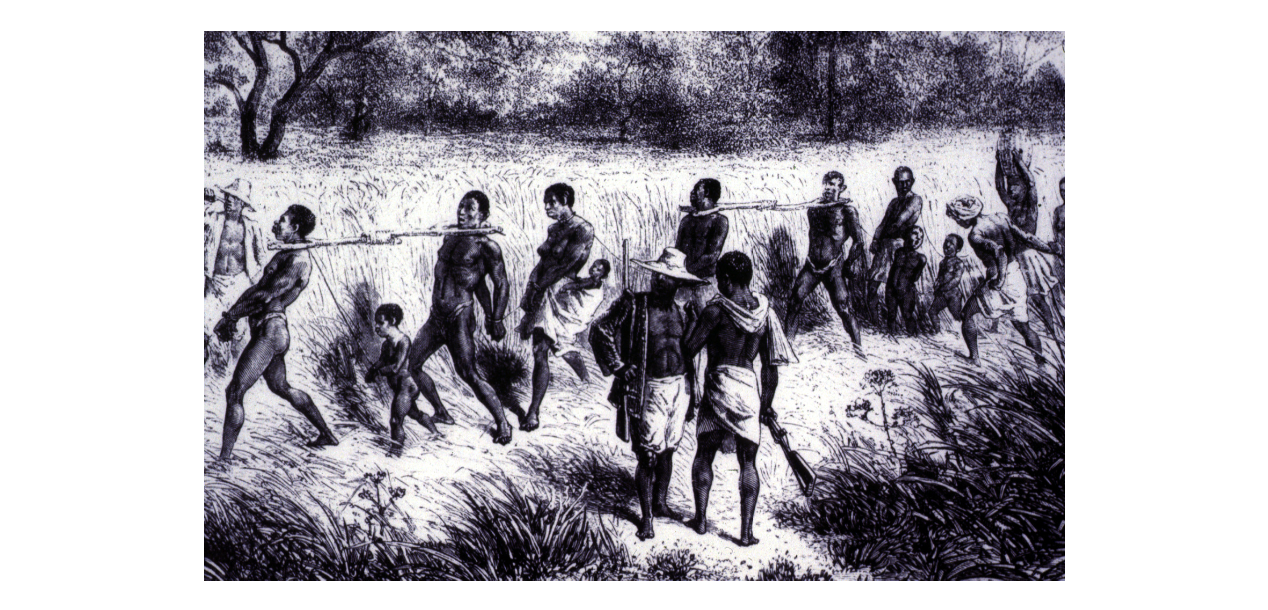Marie Joseph and her husband Macré survived the Middle Passage and were brought to Louisiana in the late eighteenth century. Marie Joseph, born around 1760, was of the Mina nation. Macré came from Senegal. They were purchased by Pierre Becnel and brought to St. John the Baptist parish. When Becnel died in 1791, Marie Joseph was the mother of four children, two sons and two daughters. Because they were born in Louisiana, her children were considered Creoles.
Macré, Marie Joseph, and their children became the property of Becnel's widow, Magdelaine Haydel. They spent several decades on what is now Evergreen Plantation. During their lifetimes, they witnessed the Becnels and Haydels evolve from subsistence farmers to indigo planters to sugar planters.
In an inventory of the estate made after the death of Magdelaine Haydel Becnel in 1830, Macré and Marie Joseph were listed together as husband and wife. This was a rare acknowledgement in a legal document of an marital relationship among the enslaved. Slave marriages were not considered legal unions by the state of Louisiana, and couples could be sold apart and separated at any time. Yet the Becnels recognized the bond between Macré and Marie Joseph, possibly because they were now elderly and infirm. At ages 75 and 70, their appraised values were only around $100 each, and they could do very little work.
Pierre Aime Becnel, Magdelaine’s grandson, purchased Macré and Marie Joseph for $300 with the intention of freeing them. On June 2, 1832, he presented a petition for this purpose before the Police Jury, the governing body of the parish. He informed these elected officials that Macré and Marie Joseph “had always led a regular and honest life and conduct without having runaway or committed any robbery or having been guilty of any crime or misdemeanor.” During two meetings that summer, the Police Jury unanimously approved the emancipations.
The next step in the process involved the Sheriff. Pierre Aime Becnel had to make a decree of his intention to emancipate to the sheriff. In February 1833, this decree was written in both English and French and posted at the church and the courthouse. Anyone who objected to freeing these slaves could notify the parish and halt the process, possibly even stop Becnel from manumitting them. Fortunately no objections were made.
On April 3, 1833, Pierre Aime Becnel appeared before Judge Terence Leblanc and in the presence of witnesses, declaring that he wished to reward his slaves Macré, age 75, and Marie Joseph, age 70, for their good conduct and service by giving them their freedom. He acknowledged that he had gone through all the steps of the process designated by law in emancipating the enslaved. There was no opposition from the court. Macré and Marie Joseph were now legally free.
The couple continued to live together on Pierre Aime Becnel’s plantation. On April 22, 1836, Macré's body was brought to the priest of St. John the Baptist Church. Pierre Aime Becnel asked the priest to perform funeral rites for him. Marie Joseph survived a little over a year after her husband's death. She died on the morning of September 14, 1837, on Pierre Aime Becnel's plantation and was buried at St. John the Baptist Church cemetery.


